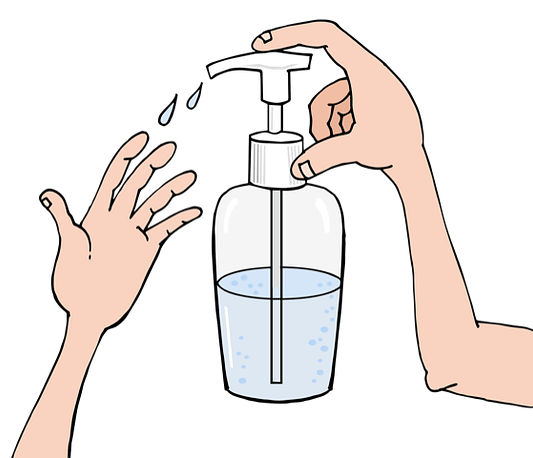Change Hand Hygiene Behaviour in Your Workplace


It’s common knowledge that we should wash our hands before we eat, after we sneeze or after we use the toilet, but many people still fail to follow these simple hand hygiene rules to an effective standard.
According to WHO, hand hygiene compliance rates can be below 40 per cent, even in hospital settings. In this fast paced world, are we all simply too busy to wash our hands?
With this in mind, here are 5 effective ways to boost hand hygiene compliance within your place of work:
Visibility
When it comes to hand hygiene compliance, visibility is key. Whether this is in the form of wall mounted alcohol gel dispensers or gel dispenser stands next to doors, having a form of hand washing visible in entry ways is a great way to promote hand hygiene compliance within your workplace. In addition to this, implementing visual messages around the building demands employees to follow hand hygiene procedures.
Make it easy
In a fast-paced workplace environment, keeping hand hygiene measures as simple as possible is one of the most efficient ways to improve compliance levels. An example of this could be installing automatic gel dispensers in toilet areas, and in places where food is served such as canteens and kitchens.
Educate, educate, educate!
COVID–19 has done more for hand hygiene awareness than any global marketing campaign could have ever done. However, as inoculation rates grow globally, it is important to remind everyone that practicing good hand hygiene is not just a prevention of COVID – 19. It also prevents food poisoning from Salmonella and E. Coli, common cold and flu and many more illnesses and diseases. In fact, it is commonly known that up to 80% of infections are transferred via hands. We need to work hard to avoid hand hygiene apathy in a post COVID-19 world.
Measure compliance
The reality is, shaming people into compliance is a powerful tool. No one will want to admit to being in the group of people who don’t wash their hands after going to the toilet, which according to some studies, can be up to 95%. Measuring compliance is a powerful incentive for staff as they will understand the link to improved hand hygiene. According to the World Health Organisation, monitoring hand hygiene compliance is of crucial importance to help give you feedback regarding defective practices and even provide data for any outbreaks. Some innovative electronic systems exist which provide the automatic monitoring of hand hygiene compliance and collect data very effectively.
Introduce the latest hand hygiene technology
Boosting education and awareness of hand hygiene, promoting hand washing and the use of alcohol gel dispensers are all powerful measures when improving hand hygiene compliance. However, it could be beneficial to introduce additional technology to compliment these practices. New hand hygiene innovations have sprung into action, especially in the light of the current pandemic.
One example is Surfaceskins, which replace normal door push plates and secrete a tiny amount of alcohol gel when touched. Consequently, this infection control device acts as a completely clean area to touch when walking through a germ-ridden door. This compliments the use of hand washing and hand sanitiser dispensers by continuing to keep your hands clean, even after passing through the door. Just as beneficial, the high visibility and user interaction has been proven to increase hand hygiene compliance and awareness by over 80%. In a post COVID world, Surfaceskins can play an even more vital role in helping to counter hand hygiene apathy created by wide spread vaccination programs.
By boosting hand washing practices and introducing technology such as Surfaceskins to your workplace, you’ll be going a long way towards boosting overall hand hygiene compliance and cutting sickness rates dramatically.
